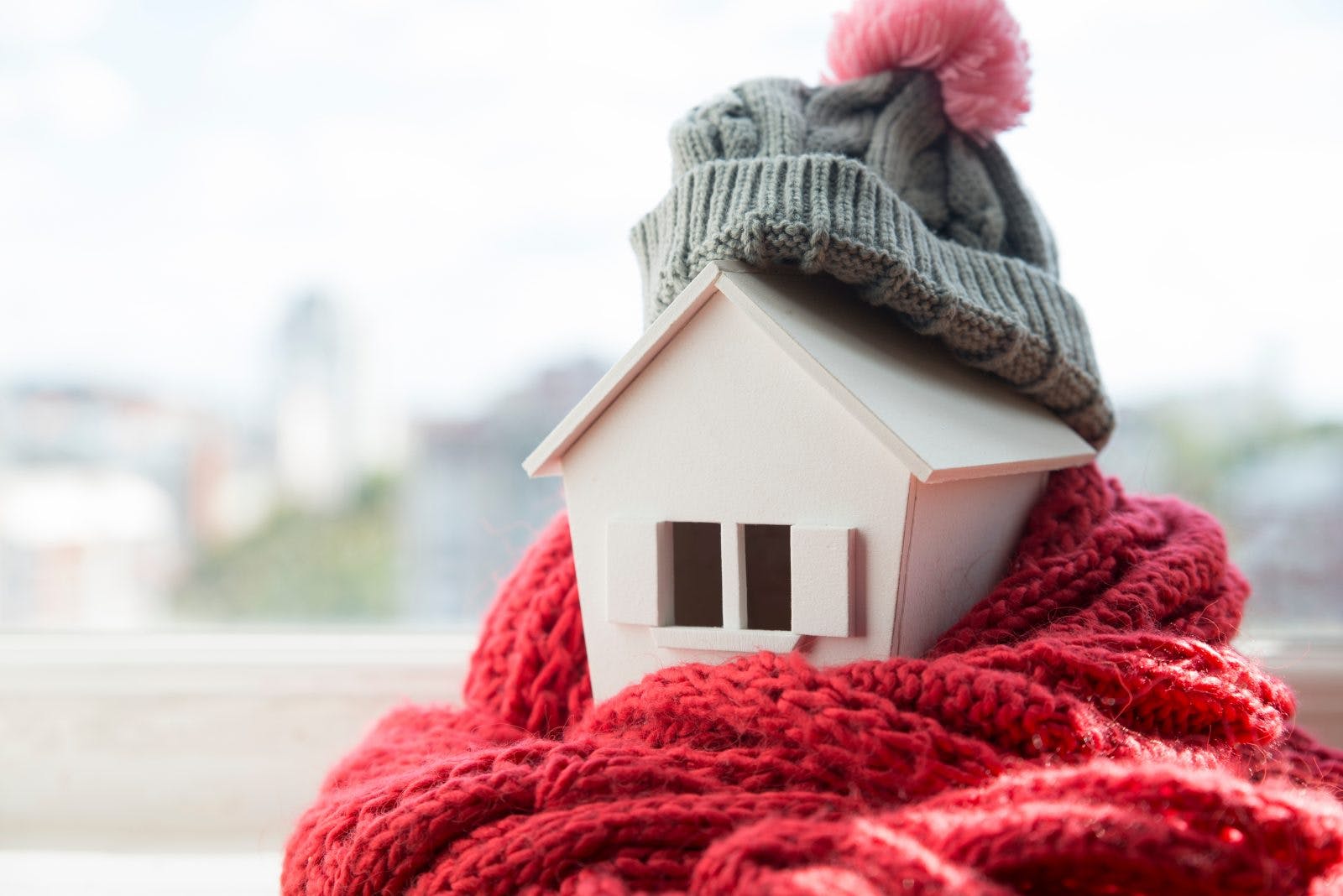The signs are everywhere – pumpkin spice everything, holiday items on store shelves and chillier temperatures. They also signal the harshest weather of the year is on the doorstep of your home.
Are you ready?
Here are five safety tips to prepare for the worst of the weather and avoid costly or dangerous moments in and around the home.
1. Heat check
A loss of heat – even for a few hours in the dead of winter – can be dangerous for a household. Older family members tend to feel the cold more quickly and hypothermia can start to set in with home temps as high as the mid-60s. That’s why it’s important to monitor your furnace and heat pump. A checkup – at least annually – from a qualified HVAC service company will help protect against breakdown. If you’re fortunate enough to have a traditional fireplace, now is the time to ensure it’s clean and ready for chestnuts roasting on the open fire. That means removing leftover ashes and soot before testing the flue for a tight seal when closed.
2. Back-ups
If your home is connected to a back-up generator, it’s time to get it ready for winter. Test it and be sure the home has enough fuel to run the generator for days. Don’t own a generator? Households outside urban centers should consider getting one should their utility company need more time to repair the source of an outage. Hire a licensed electrician to install a manual transfer switch for portable generators or an auto-transfer switch for stationary versions.
Space heaters are also a wise investment to heat drafty areas of the home or to keep older adults extra warm. Sadly, these portable devices cause thousands of fires each year; be sure to look for heaters with safety features such as an auto switch-off if the device tips over. Never use an extension cord with a space heater.
3. Monitor the monitors
It should go without saying that smoke and carbon monoxide detectors should be checked at least once a year. Not sure when you last changed the batteries on the life-saving monitors? Then just replace all batteries. If the detectors are wired to the electrical supply, make sure they have back-up batteries for when the power is off. Research shows that the risk of dying in a home fire is 55% lower where there is a working smoke alarm than in homes with either no alarms or none that worked. Washington state requires homes built since at least 2013 and all resold homes include a carbon monoxide detector on each level plus smoke detectors near each sleeping area.
4. Clear the air
We spend about 88% of our time indoors and that air we breathe can, according to the Environmental Protection Agency, be up to five times more polluted than outdoor air. This underlines the importance of good ventilation, air circulation and filtration. In addition to causing an annoying cough or eye irritation, exposure to indoor air pollution can be linked to cardiovascular disease, cancer and loss of bone density.
Consider purchasing room air purifiers around the home, especially where you burn candles, use a fireplace or recently used solvents, glues and pesticides. Be sure to clean the purifier filter every month and replace it every 6-12 months.
5. Watch your step
You may think Seattle doesn’t get much in the way of snow and ice but think again. We have historically received at least one good dumping of the white stuff every year and it can be treacherous on our hilly streets and sidewalks. (It can be much worse in steep suburban and rural parts of our region too!) That’s why it’s important to be prepared with a snow shovel and ice melt to help reduce the chances of a fall. And don’t let seniors do the shoveling around the property (or your neighbor’s). The exertion of snow shoveling can be deadly, so consider asking a young one to do the work.
The time is now to act and ensure loved ones will be safe, warm and enjoying the comforts of home this winter.




